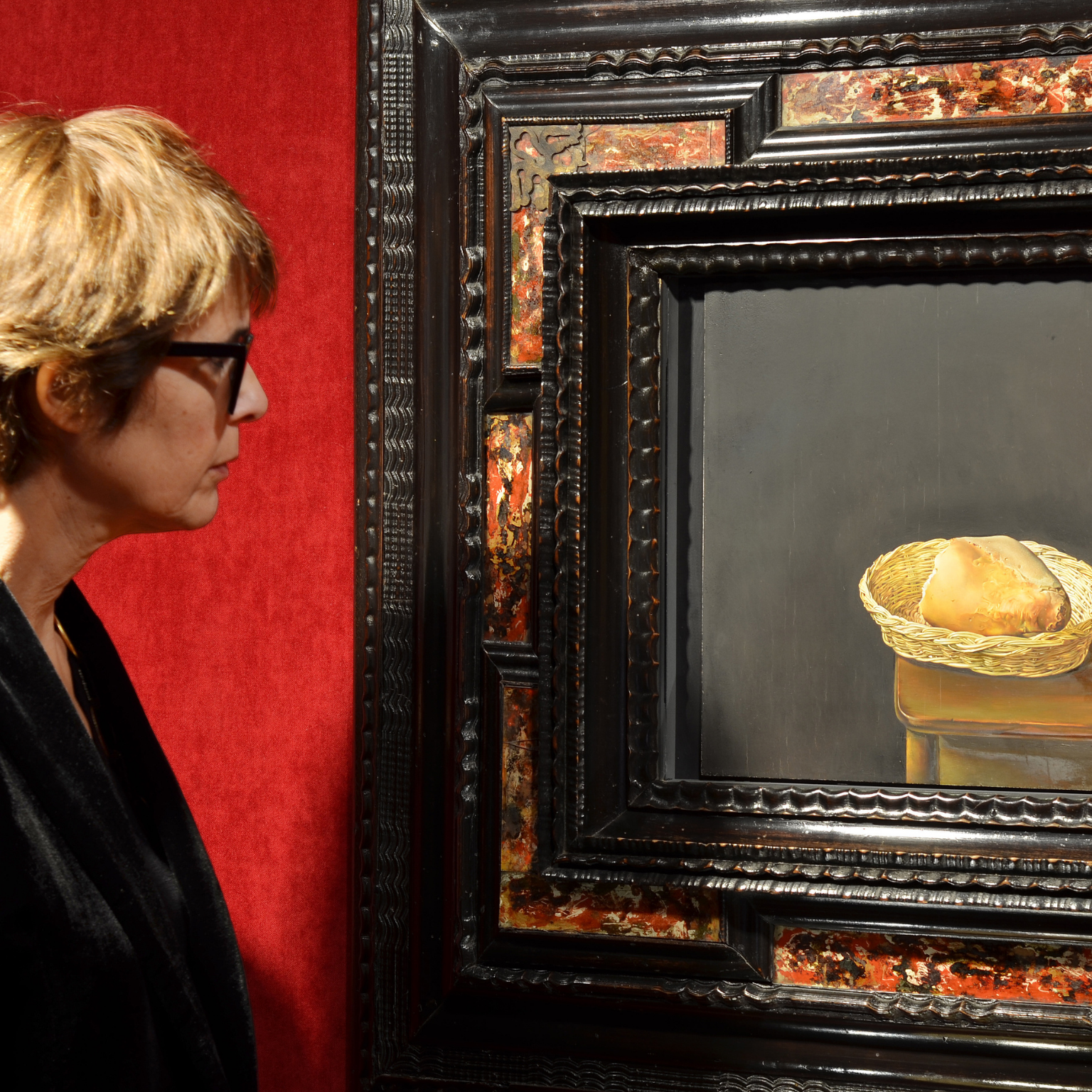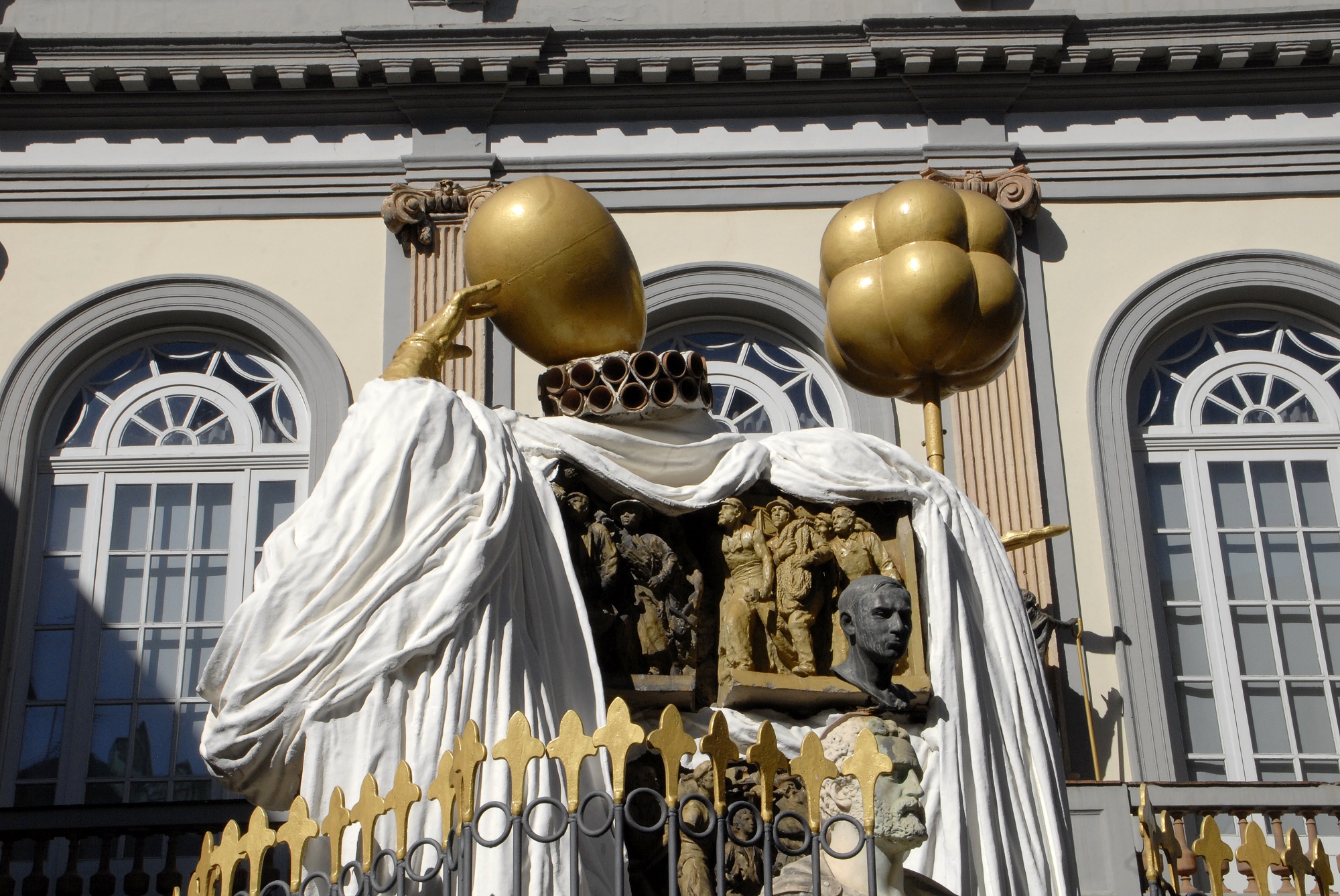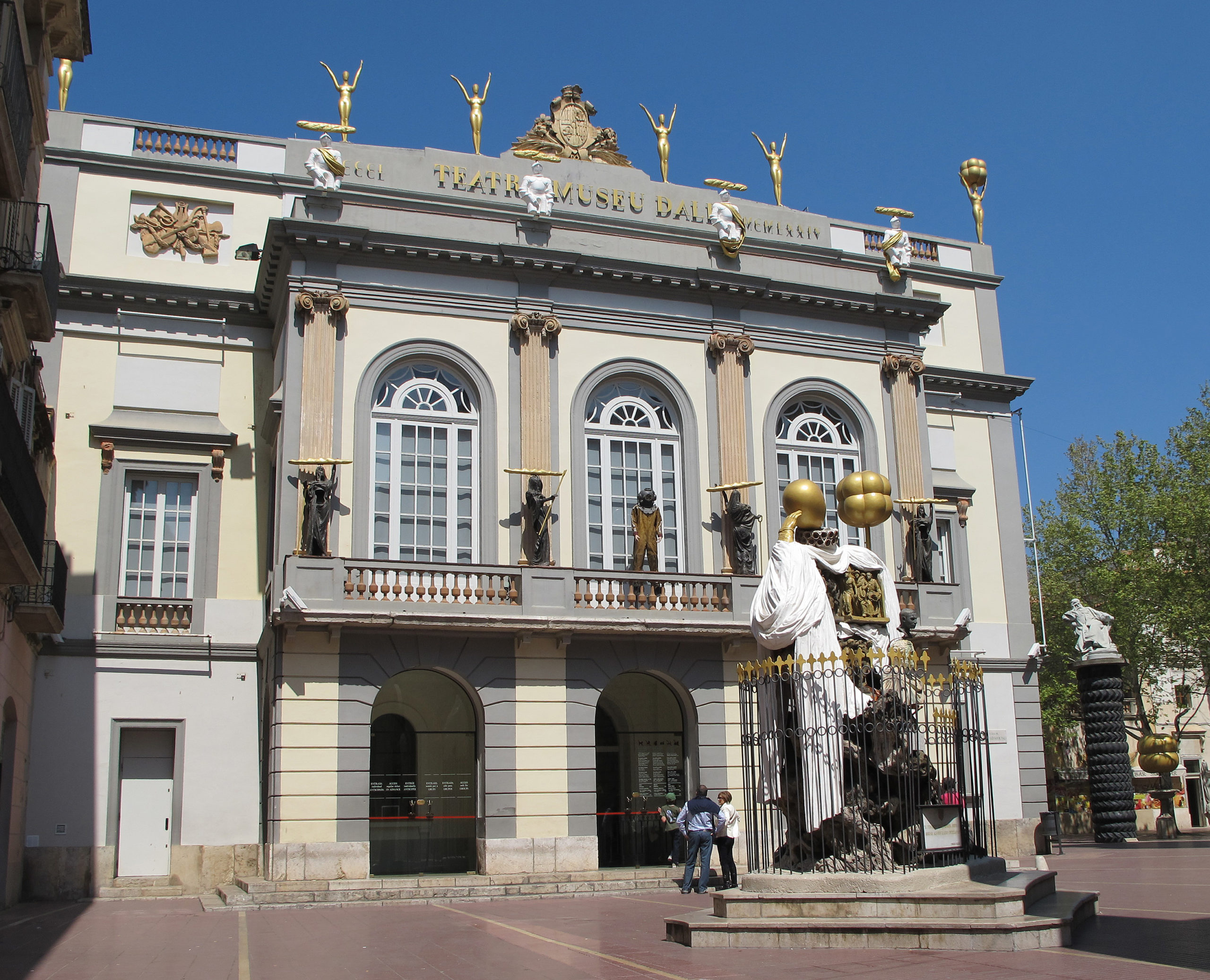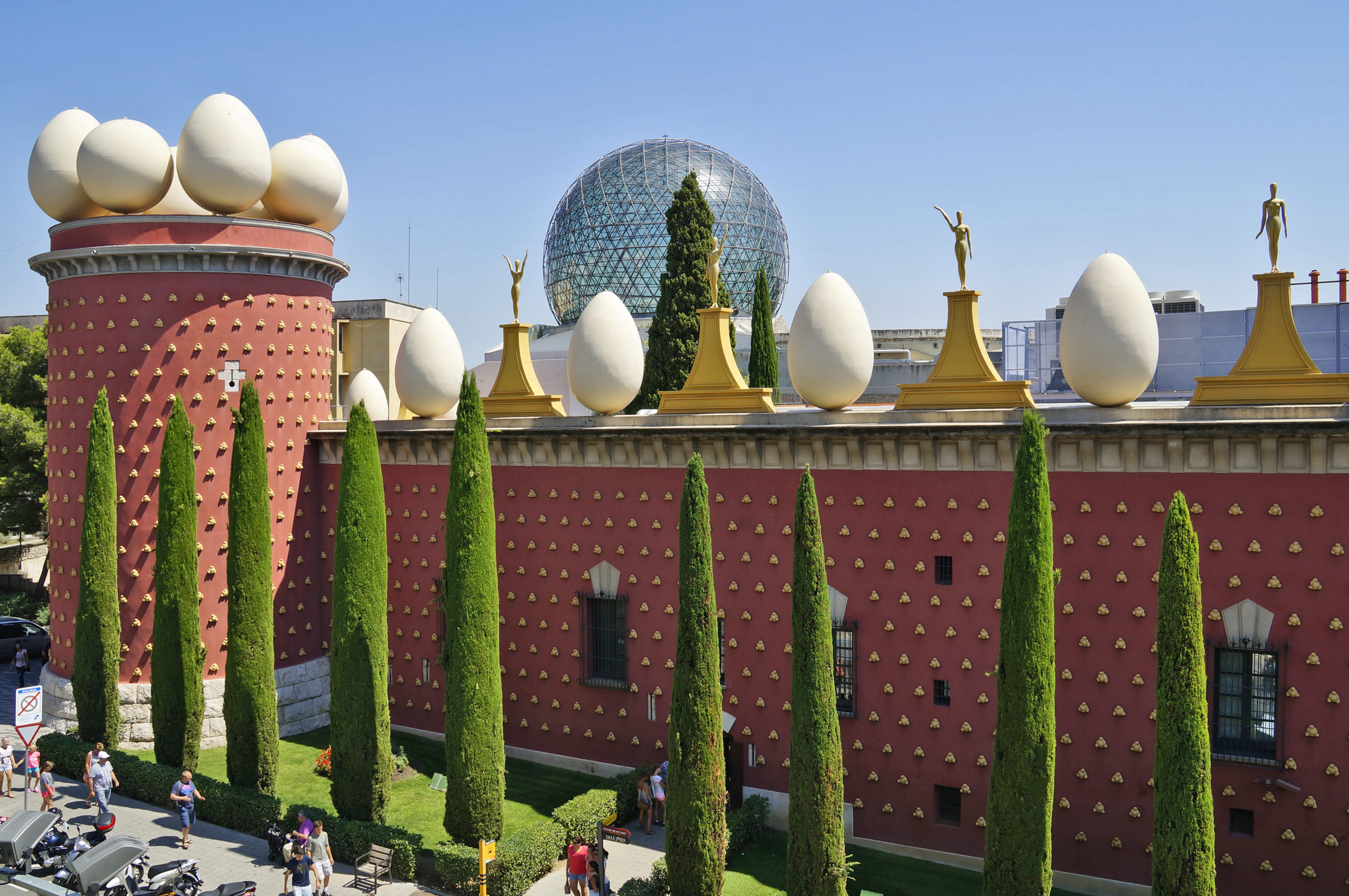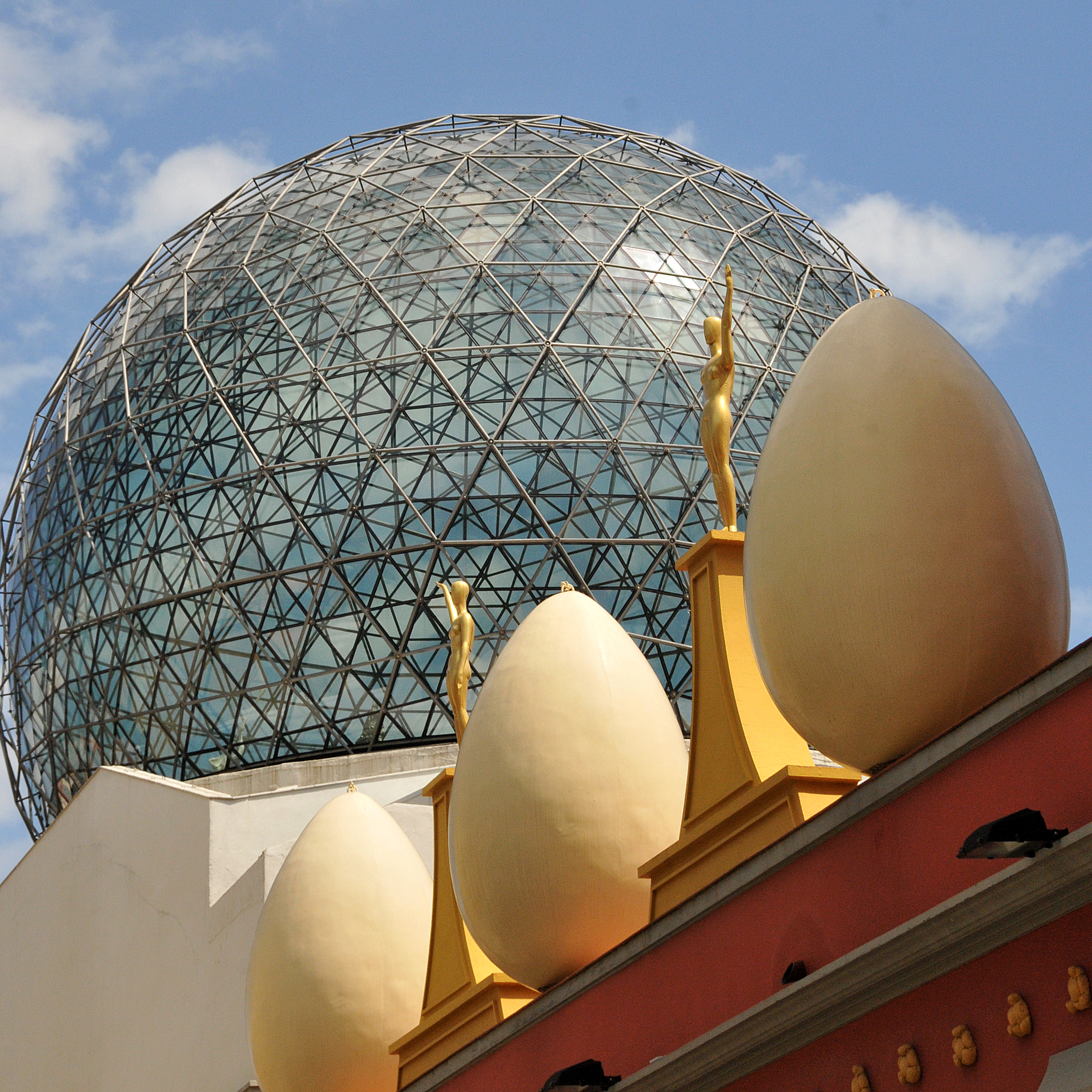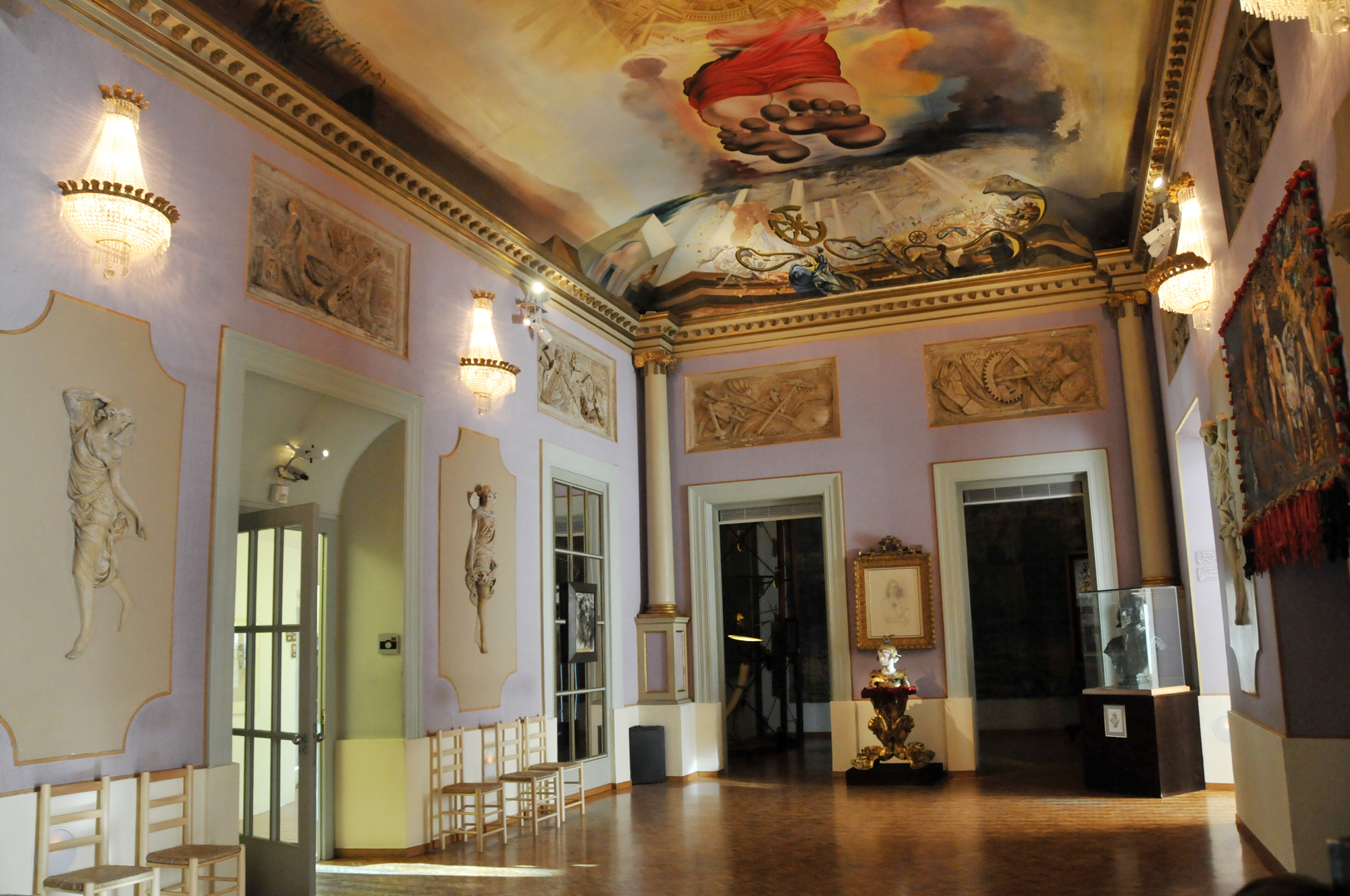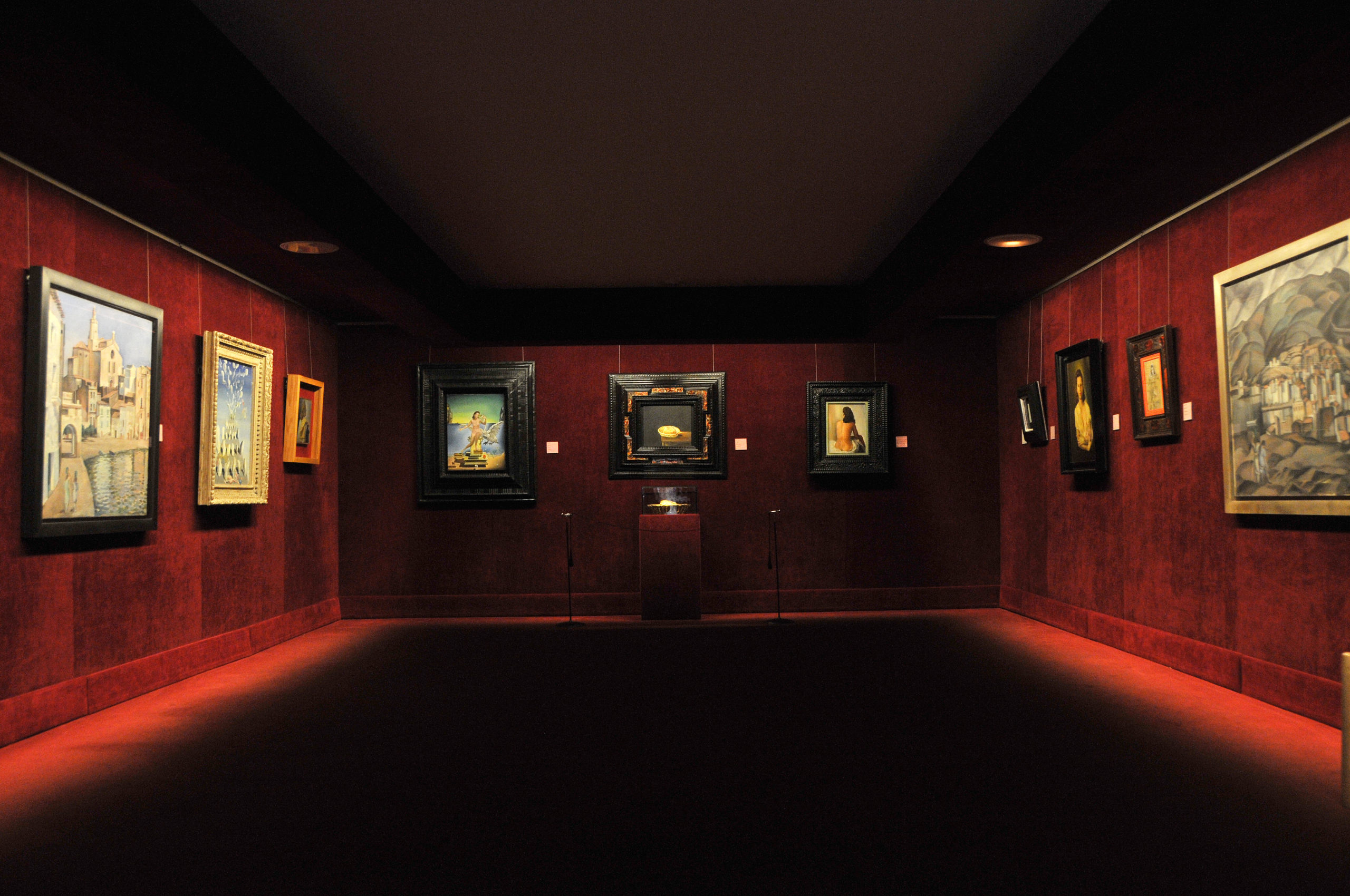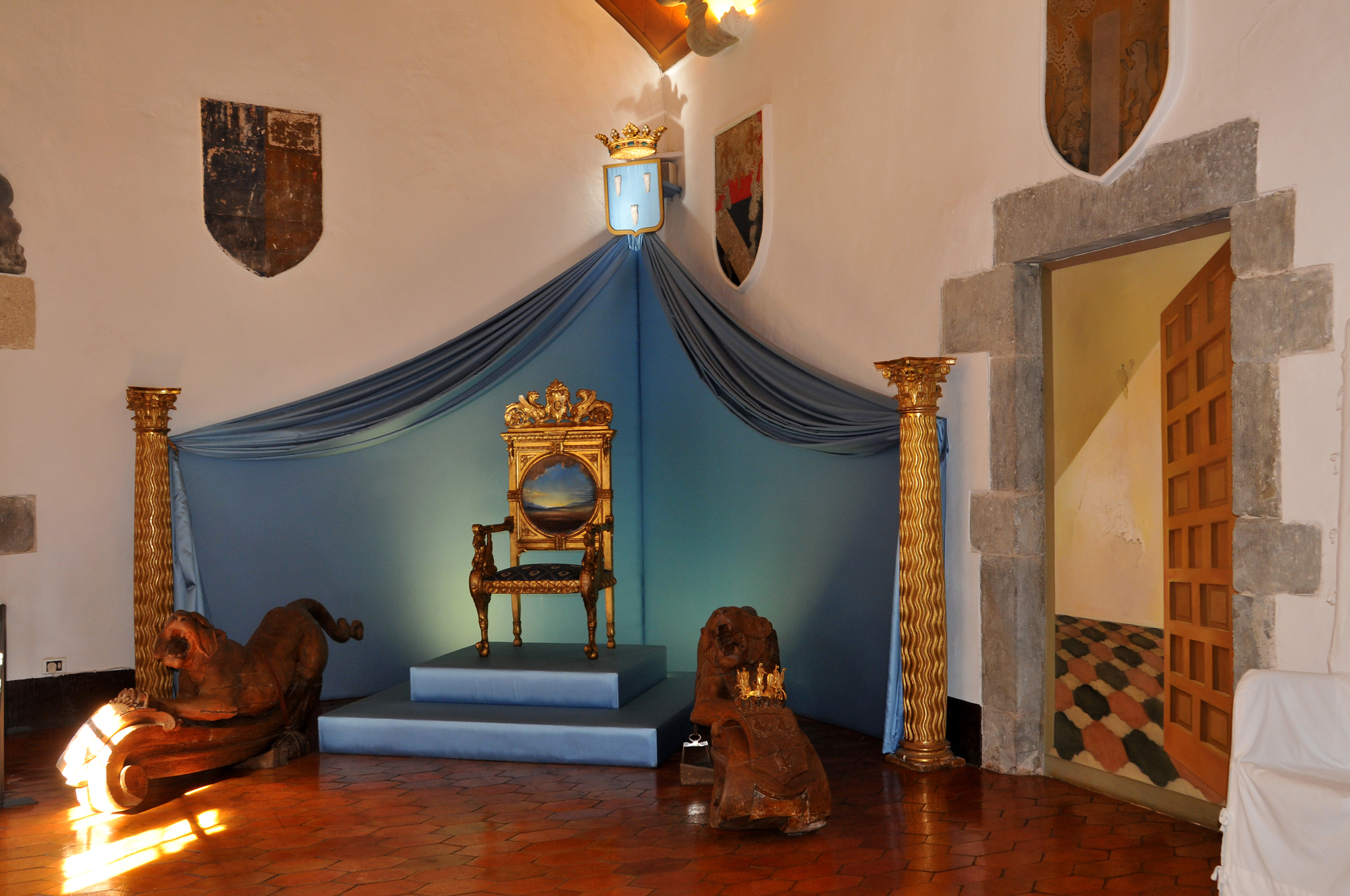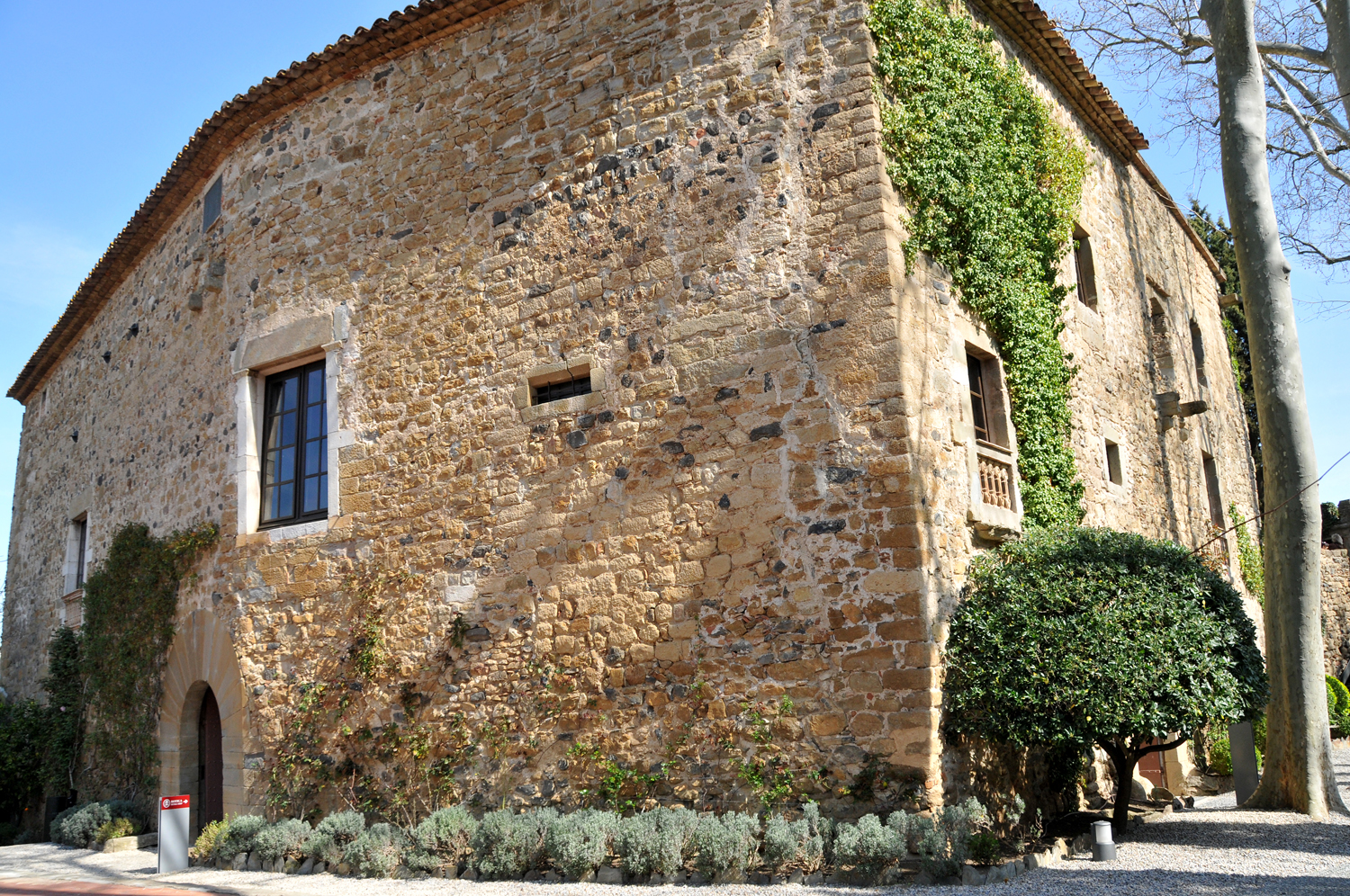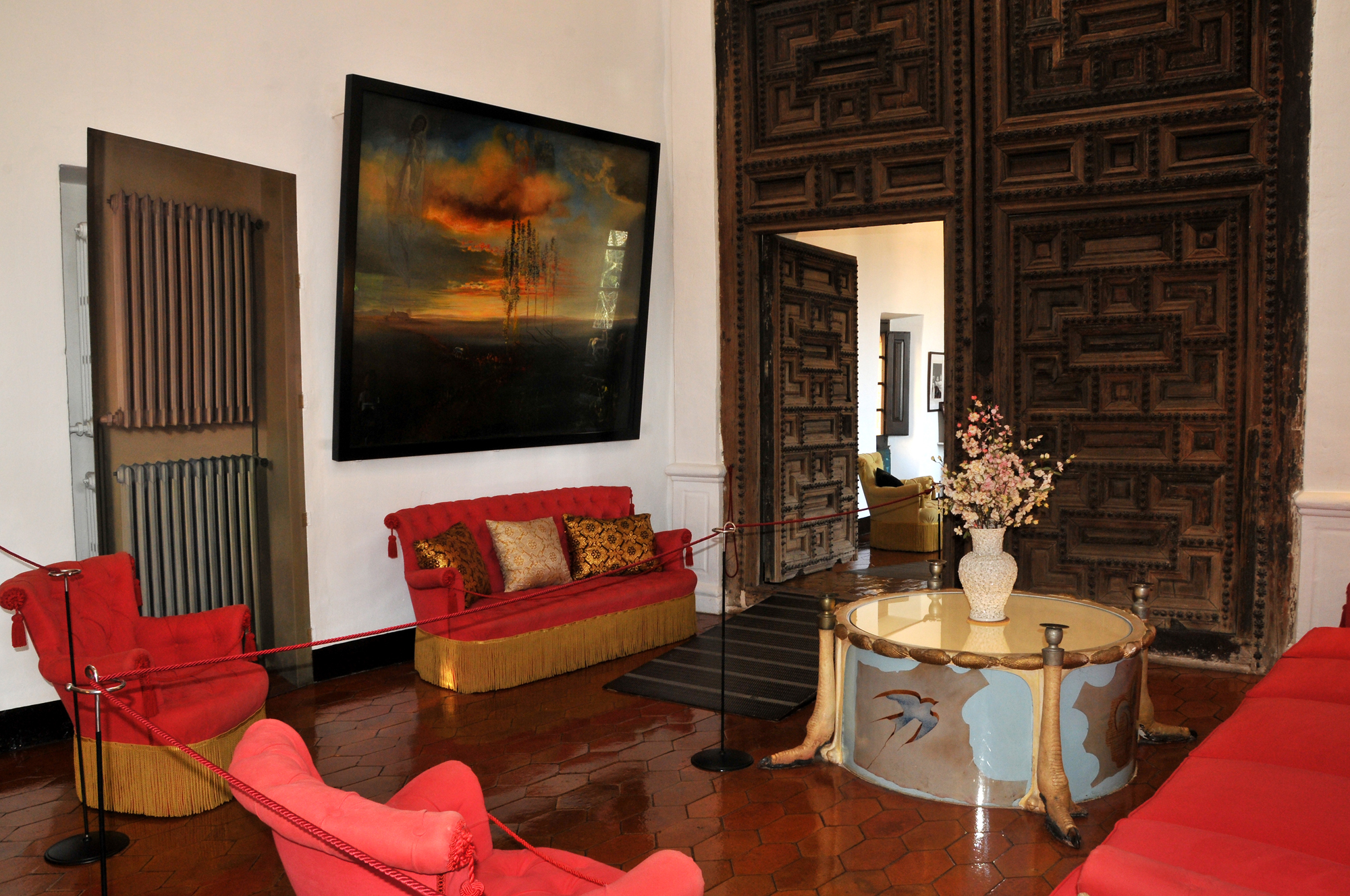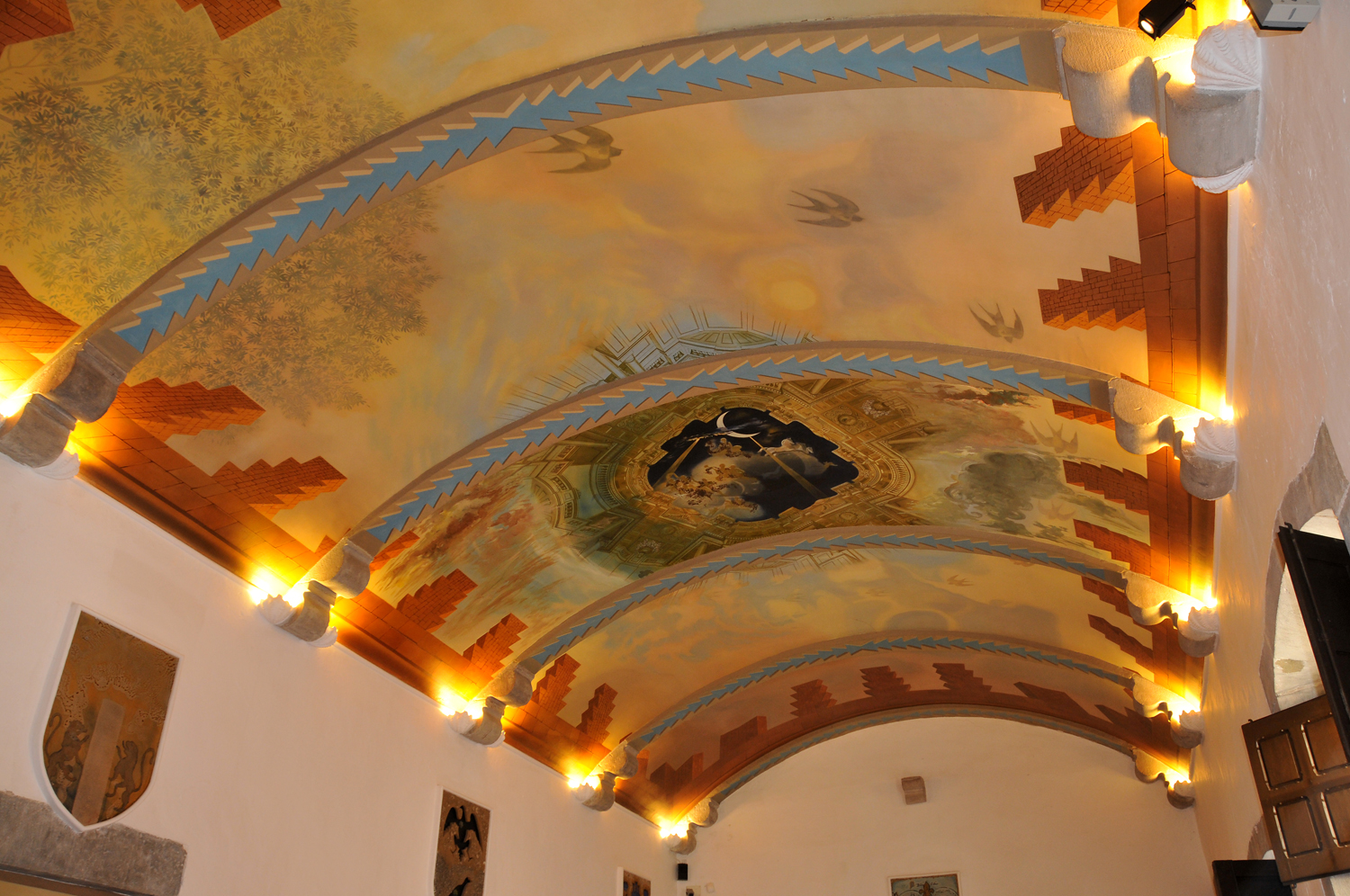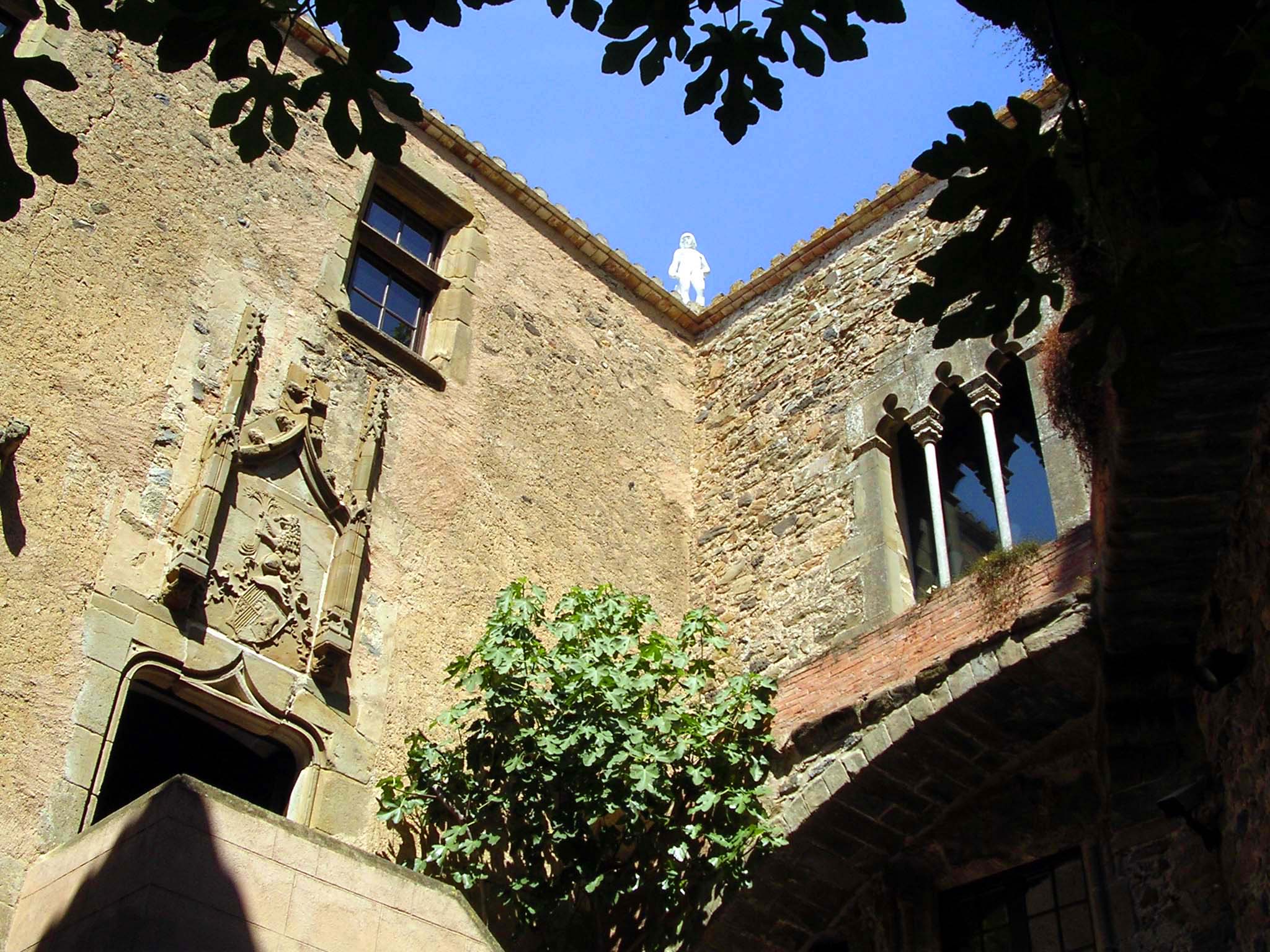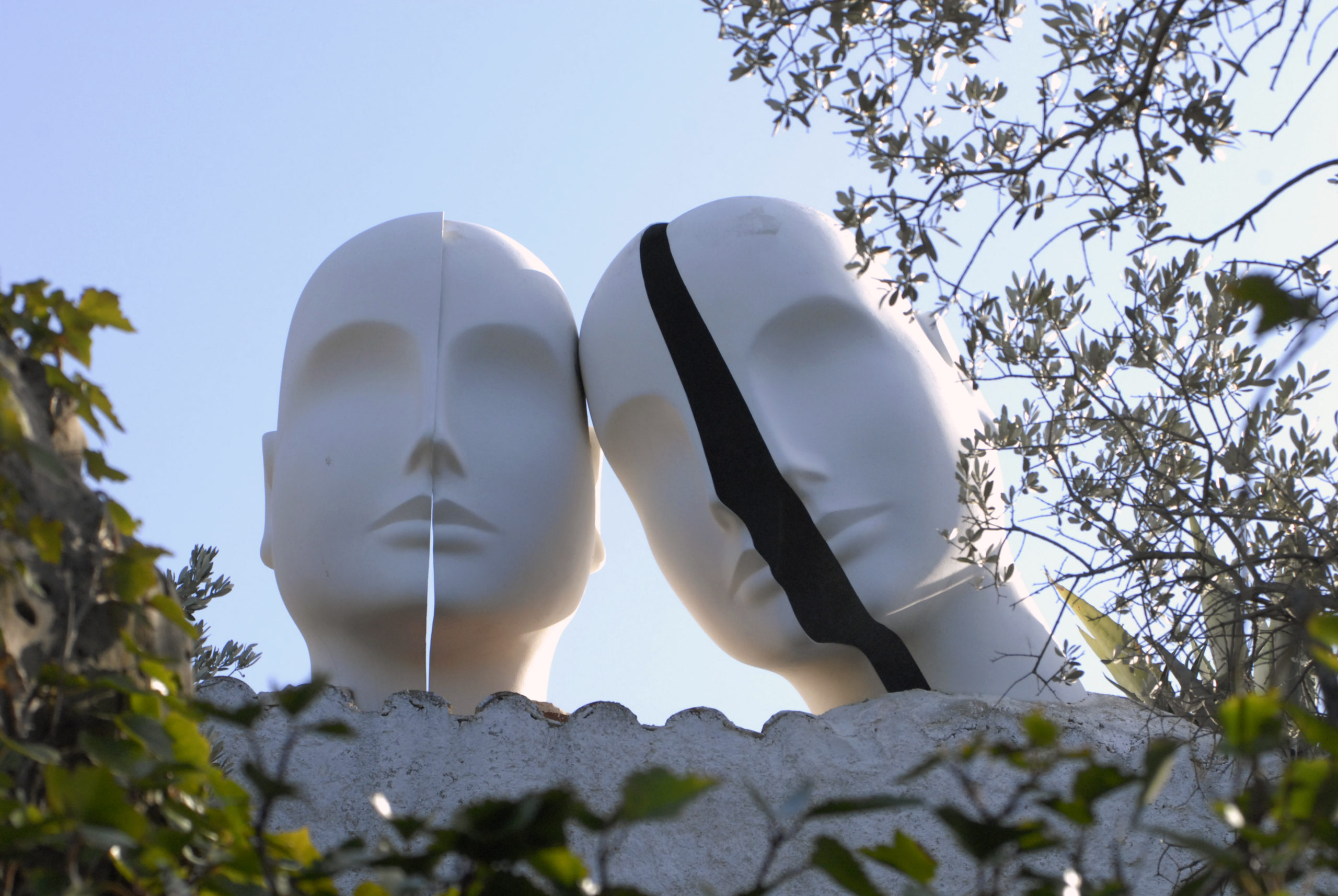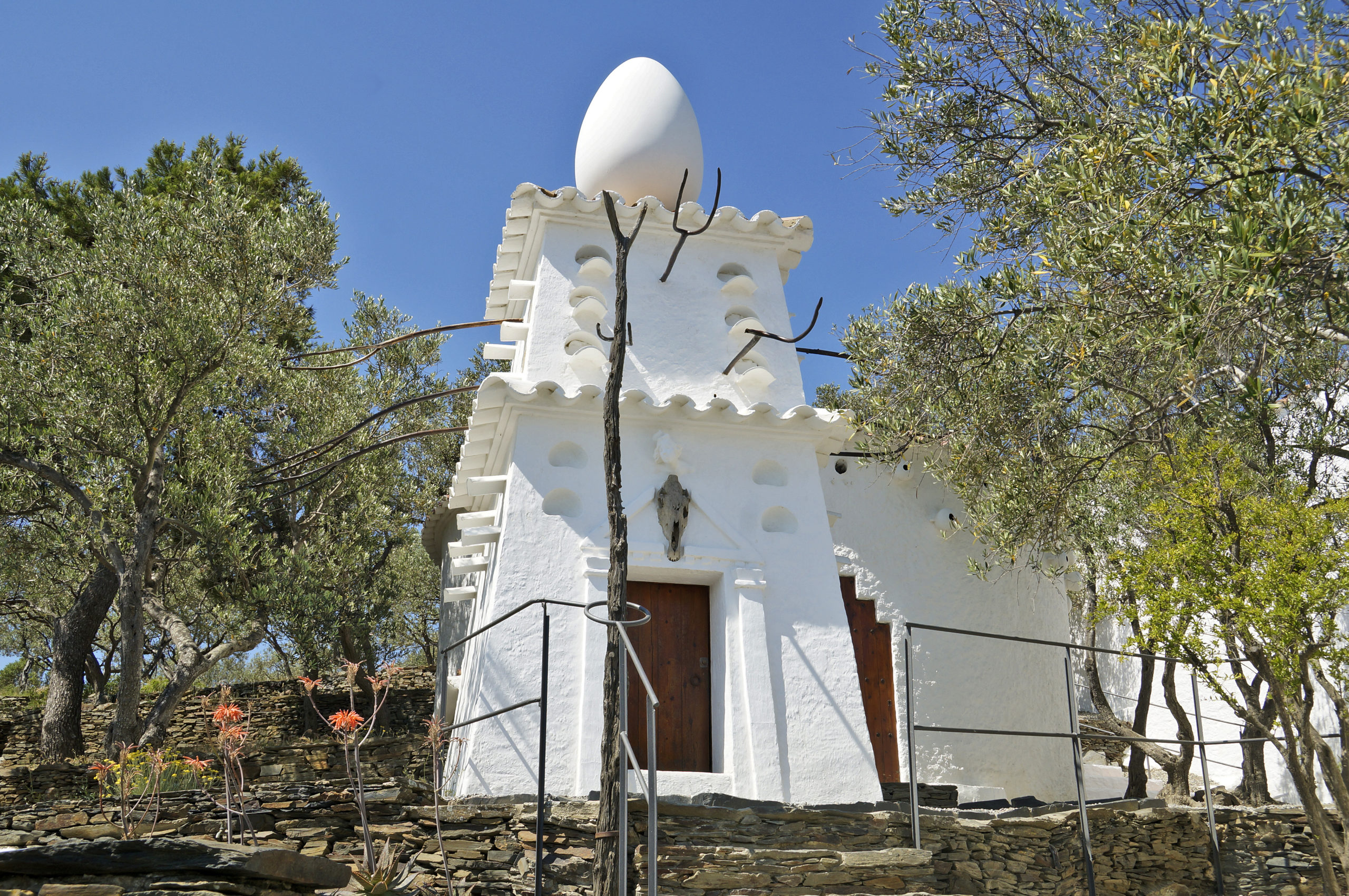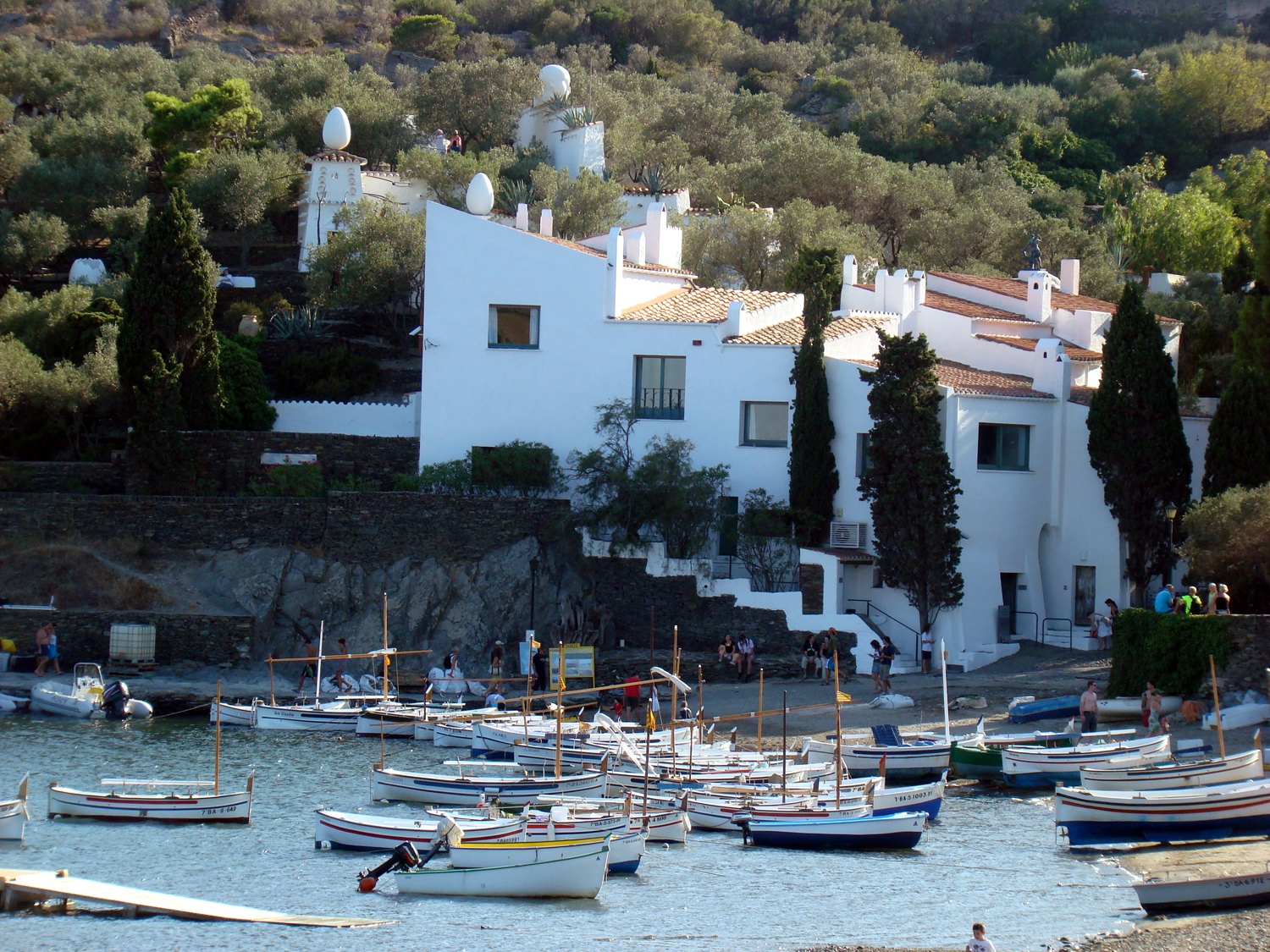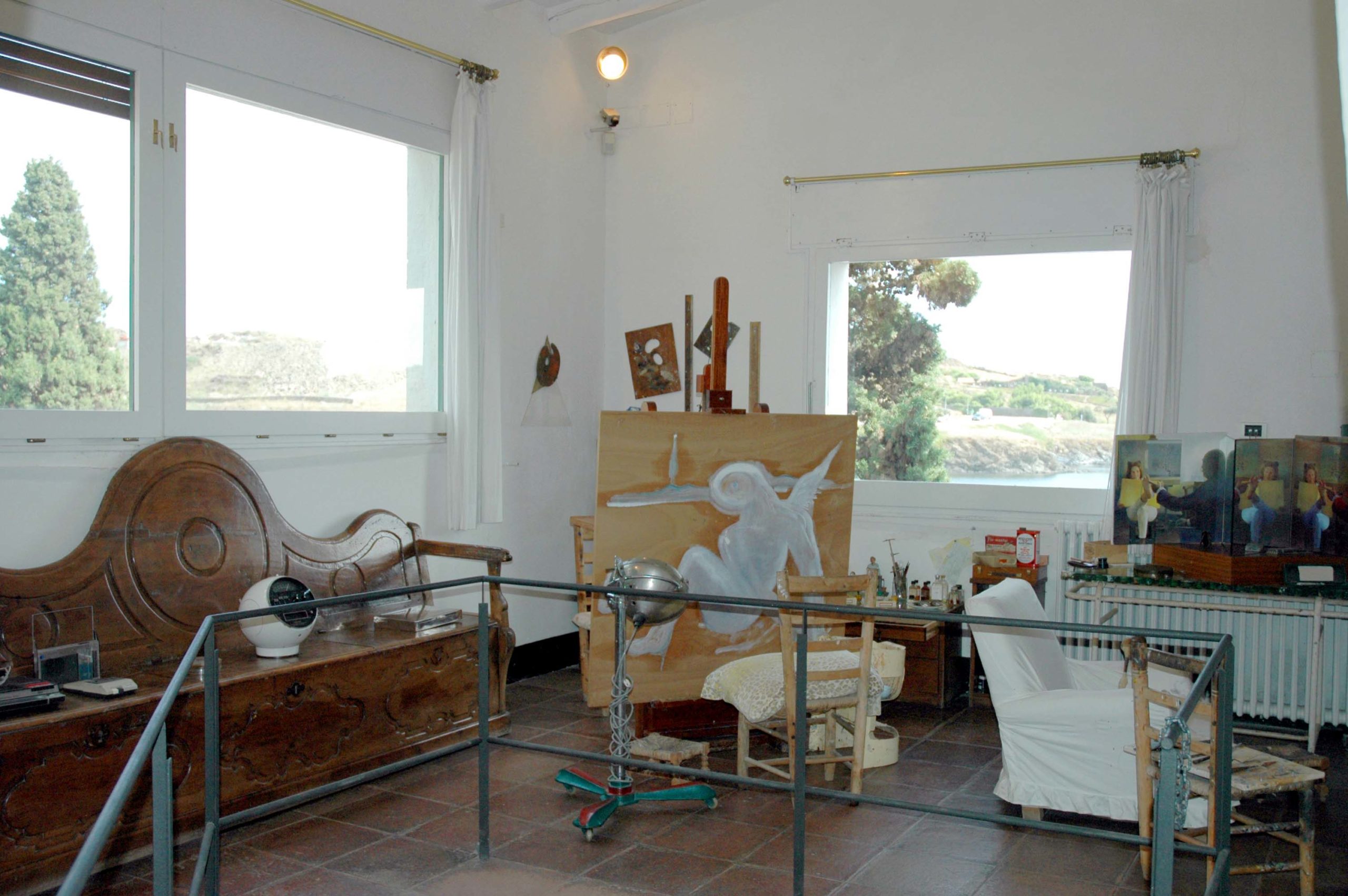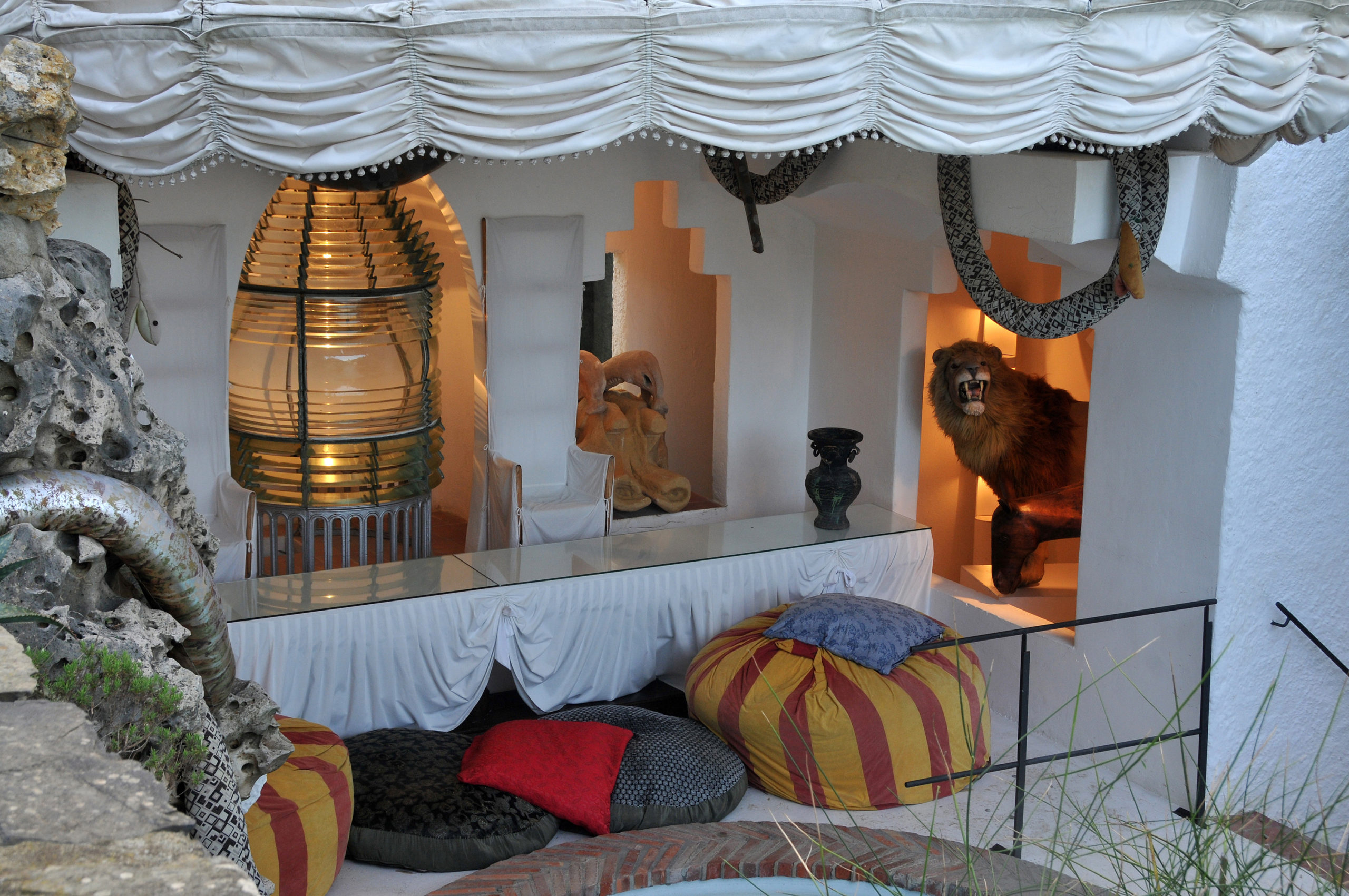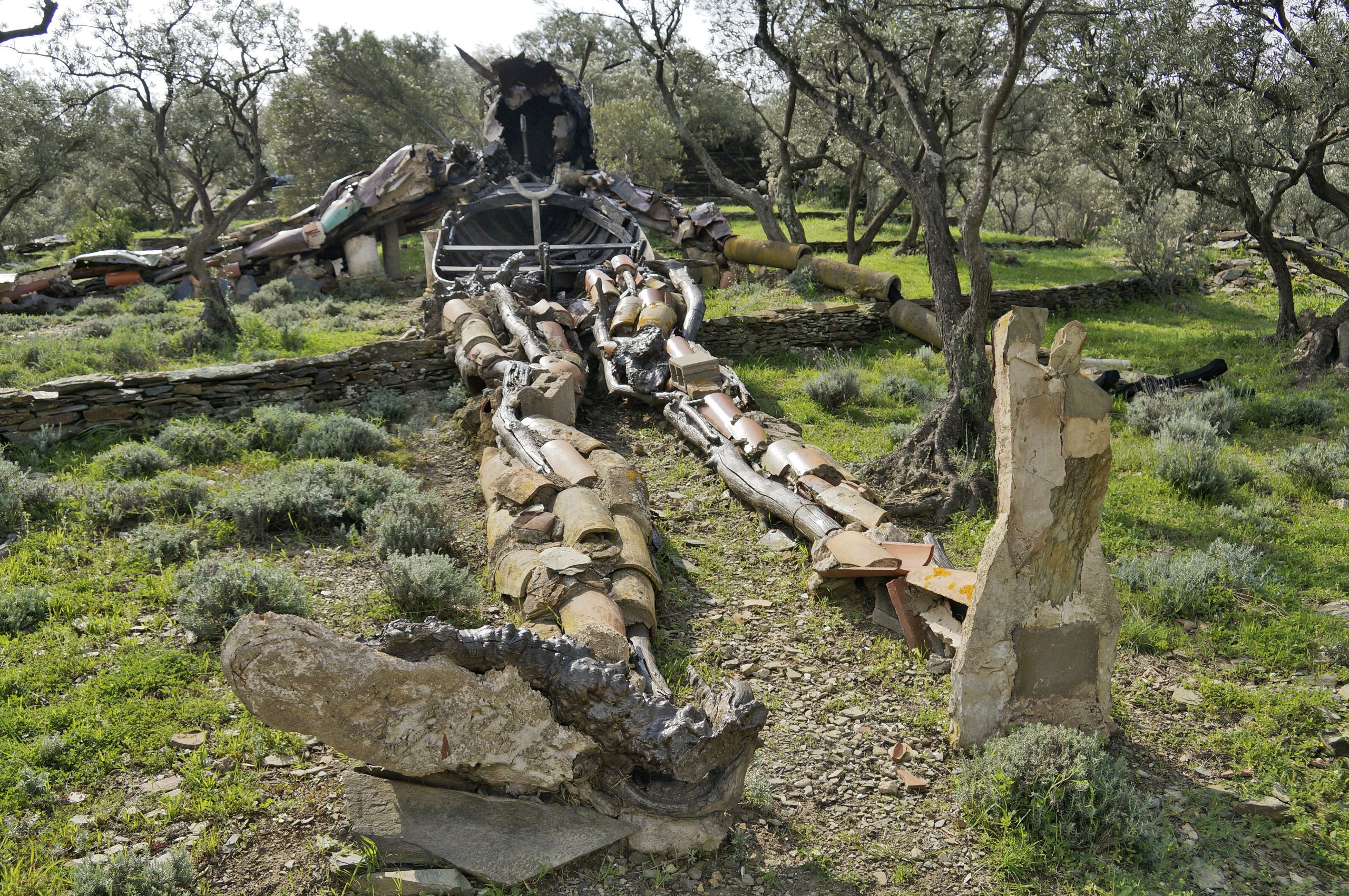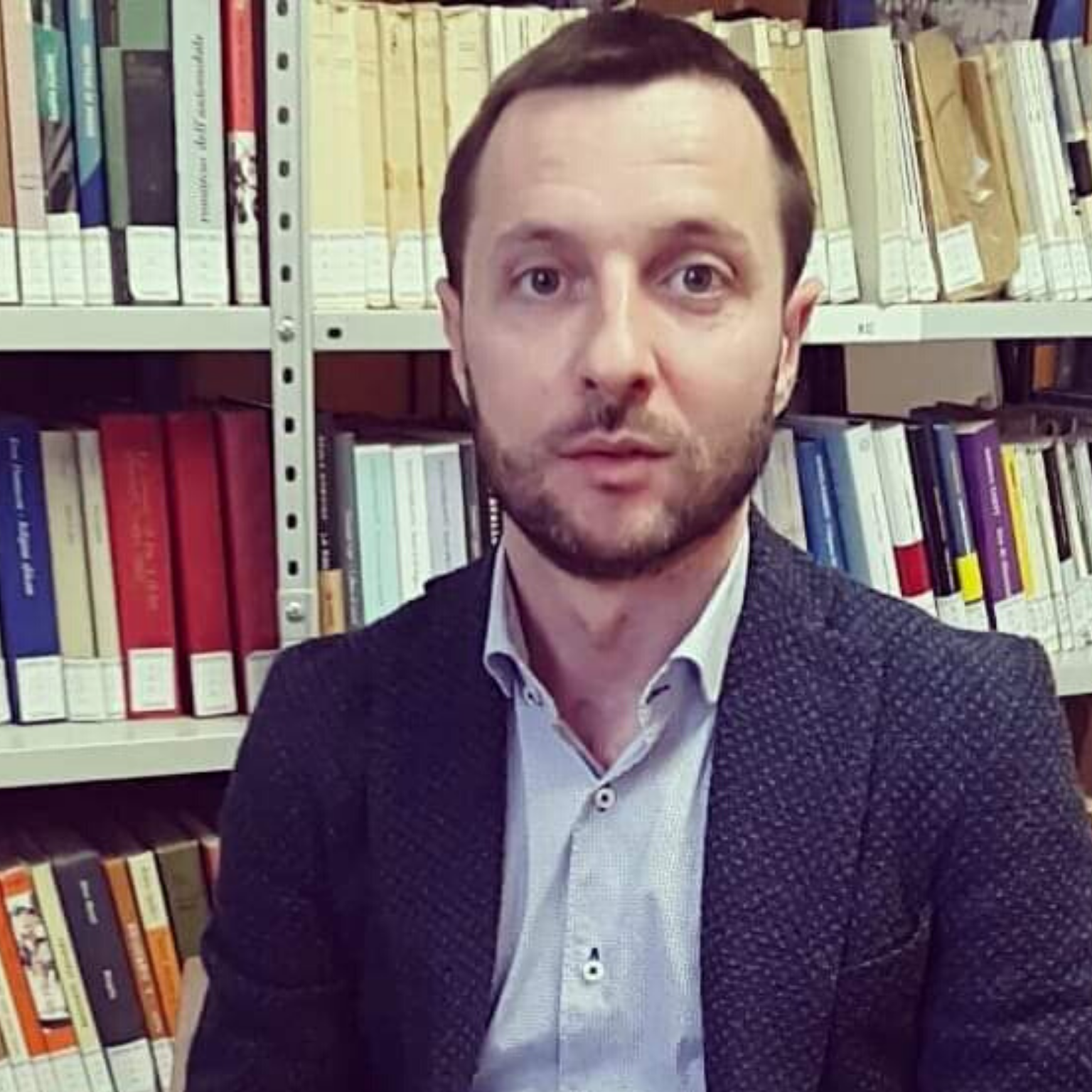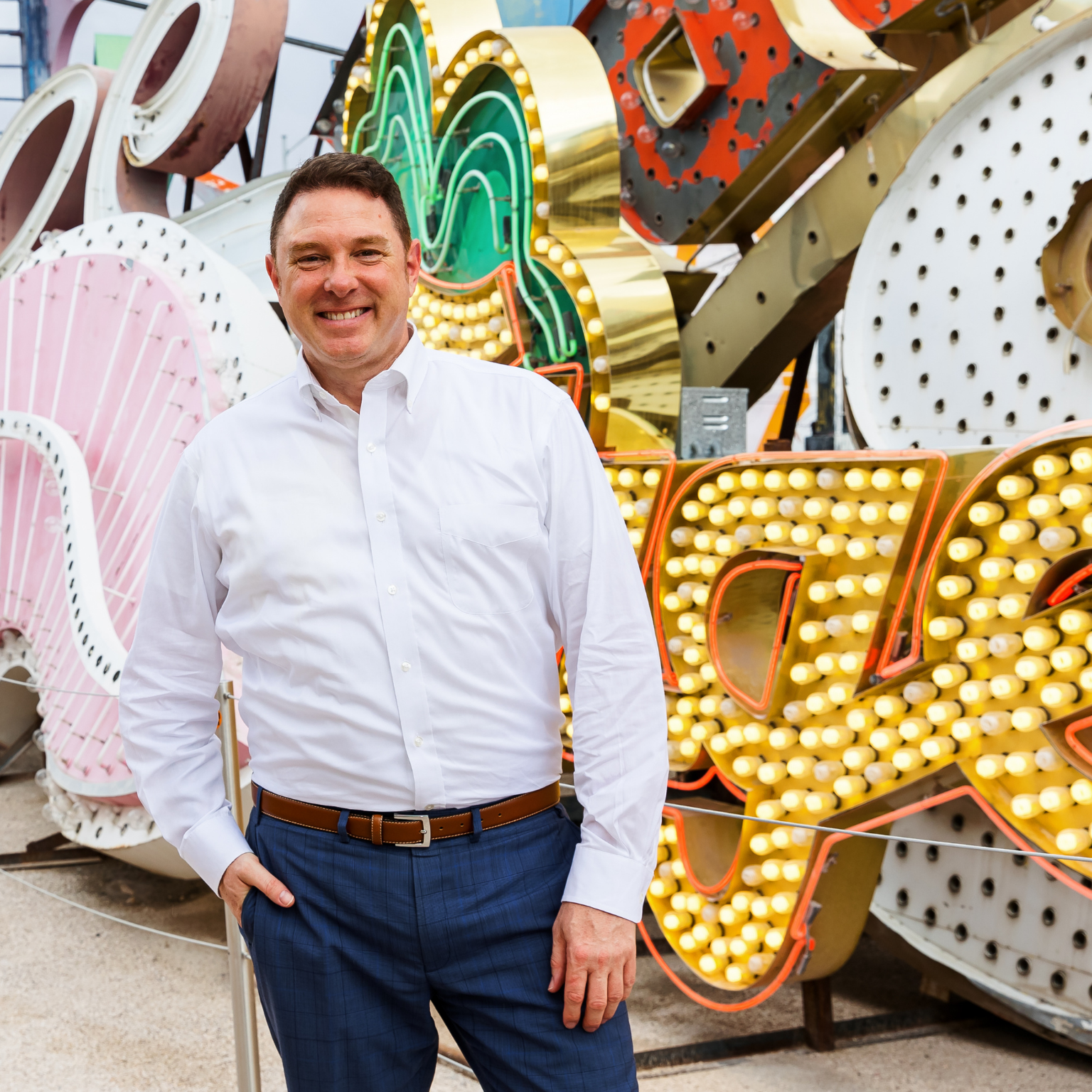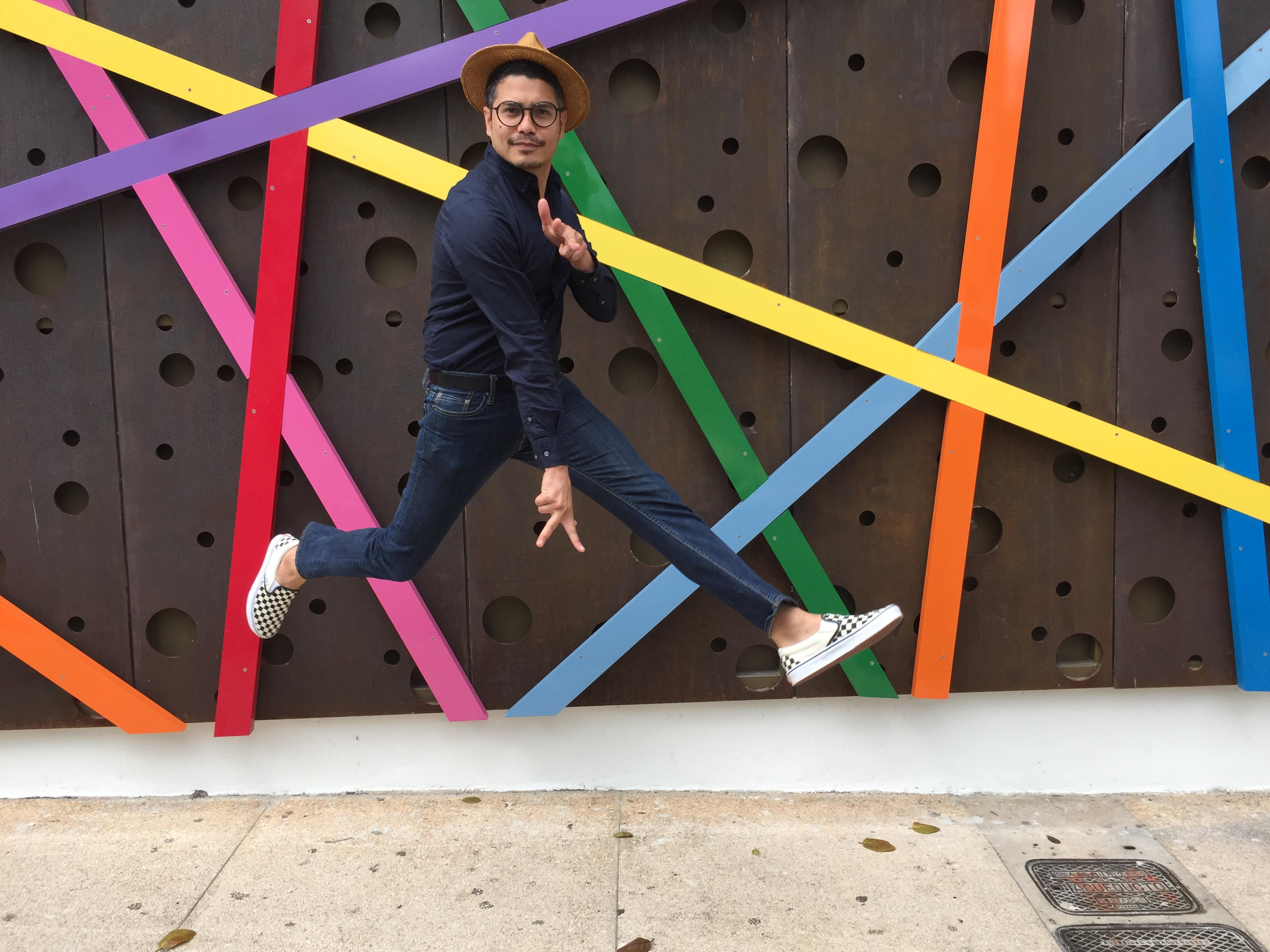Montse Aguer Teixidor, Director of the Salvador Dalí Museums, Spain. Photo © Noelia Garcia
1.What is your museum about and what is your work there?
It is a monographic museum created and conceived by Salvador Dalí. It’s a total work of art. The visitor is invited to enter the world of Dalí and his life so as to make his own interpretation. Dalí, who was ahead of his time, created an interactive museum that stimulates the visitors’ imagination. It is a unique museum that leaves forever print. It brings you closer to the artist as well as to art history and Surrealism in particular.
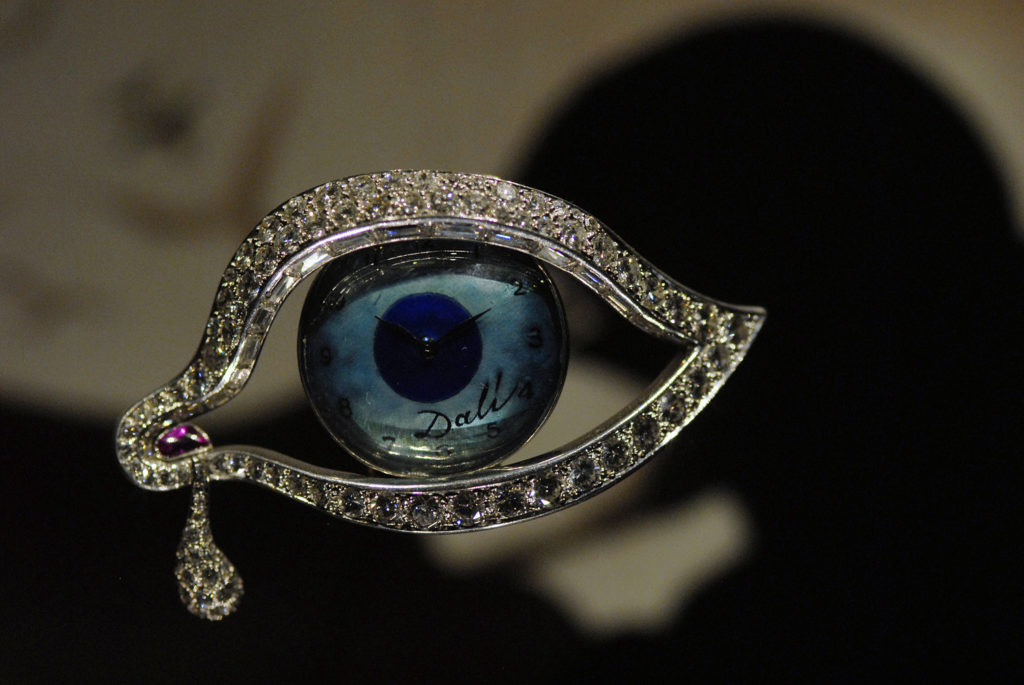
Managing a museum means to study, disseminate and preserve Dalí’s legacy (including the Houses of Portlligat – Cadaqués – and the Castle of Púbol). This responsibility also contributes to a better understanding of Dalí through a physical experience or a virtual one. This job is especially interesting because it enriches and updates the presence and influence of Dalí now and in future times by coordinating different areas of knowledge.
2.What is the impact on your digital activity? Do you have tips to share with your colleagues?
Salvador Dalí was an artist with a universal reach. Even today, he has a stimulating message that expands our minds; it provokes people from different ages all over the planet. Therefore, our strategy in the digital field is to help building an international community of Dalí fans who make his legacy broader and wider.
Yes, we do share our digital activity with our colleagues. Whenever it’s possible, we engage the team in campaigns so that they not only enjoy the experience but also become brand ambassadors. Some of the team members deal face to face with our visitors on an everyday basis and see their reactions to any stimulus both physical or digital.
3.What advice would you give a visitor to fully discover your museum?
The visitor shall let him or herself free so that he/she is taken away. There is no fixed route nor guidance. Every spot of the museum has its own character. There are iconic works such as The Spectrum of Sex-Appeal, a Surrealist oil painting that represents Dalí’s landscape in an almost hyperrealistic way; The basket of bread, or Mae West Room, a three-dimensional space devoted to the American actress.
There are less-known works from Dalí’s first and late period. Those artworks help us see the whole picture of his evolution. As Dalí himself declares, he invites us to enter his brain and thought in a playful, experimental and intellectual way.
4.What are the future projects of your museum?
This is a one-of-a-kind museum and, thus, we must preserve its specificity. At the same time, like all of the museums do, we take profit of the digital era we live in so as to expand Dalí’s message throughout the world, beyond the physical experience. Dalí declared that it is only through the ultralocal that we shall reach the universal. This is our leitmotiv and new tools make it easier for us.
Interview by Fabio Pariante, journalist / Twitter – Instagram
MORE
The Salvador Dalí Museums on social networks: Instagram – Facebook – Twitter – Flickr – YouTube
Salvador Dalì is certainly among the most eccentric artists in the history of art. In Spain, the Dalí Theater in Figueres, with the Salvador Dalí House in Portlligat and the Gala Dalí Castle in Púbol define the so-called “Dalinian triangle”: a geometric figure that would form on a geographical map of Catalonia, joining the localities with a line of Púbol, Portlligat and Figueres. Designed by the artist, the Dalí Theater (Teatre Dalí in Catalan) is located in the painter’s hometown, and is a real surrealist object, designed entirely by Dalí.
The museum was built on the ruins of the ancient municipal theater of the city, which was destroyed in a fire during the Spanish civil war in 1939. On the ruins of that theater, however, Dalí decided to create his first exhibition when he was a child; so in 1961 he decided that that place should become the largest and surrealist place in the world, where to exhibit his works starting from the reticular dome placed on the stage of the ancient theater, by Richard Buckminster Fuller, then entrusted to the architect Emilio Pérez Piñero. The museum was then inaugurated on September 28, 1974 with a celebration that involved the whole city of Figueres. Among the surrealist’s collaborators was the designer and architect Oscar Tusquets who designed the Mae West Room with Dalí.
The three museums are managed by the Gala-Salvador Dalí Foundation, a private, non-profit foundation created by Salvador Dalí in 1983. Since 2015, the director is Montse Aguer Teixidor, thus replacing the artist and friend of Salvador Dalí, Antoni Pitxot, who died in June of the same year.
